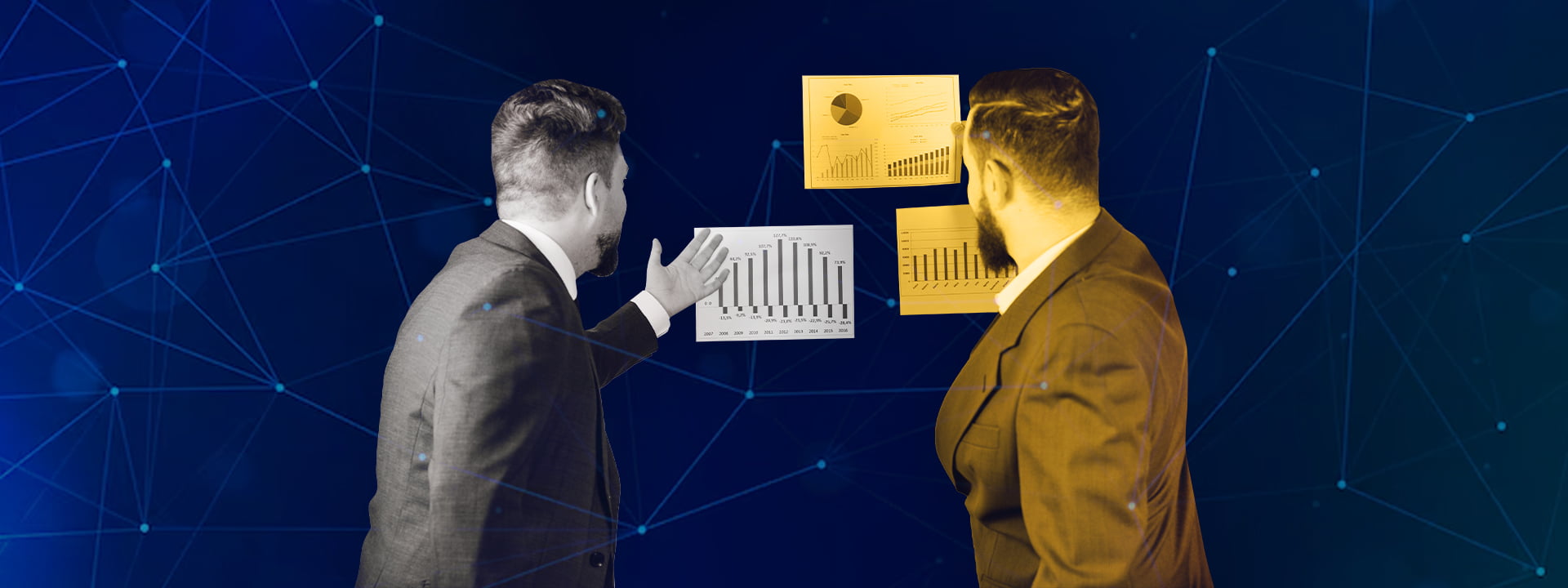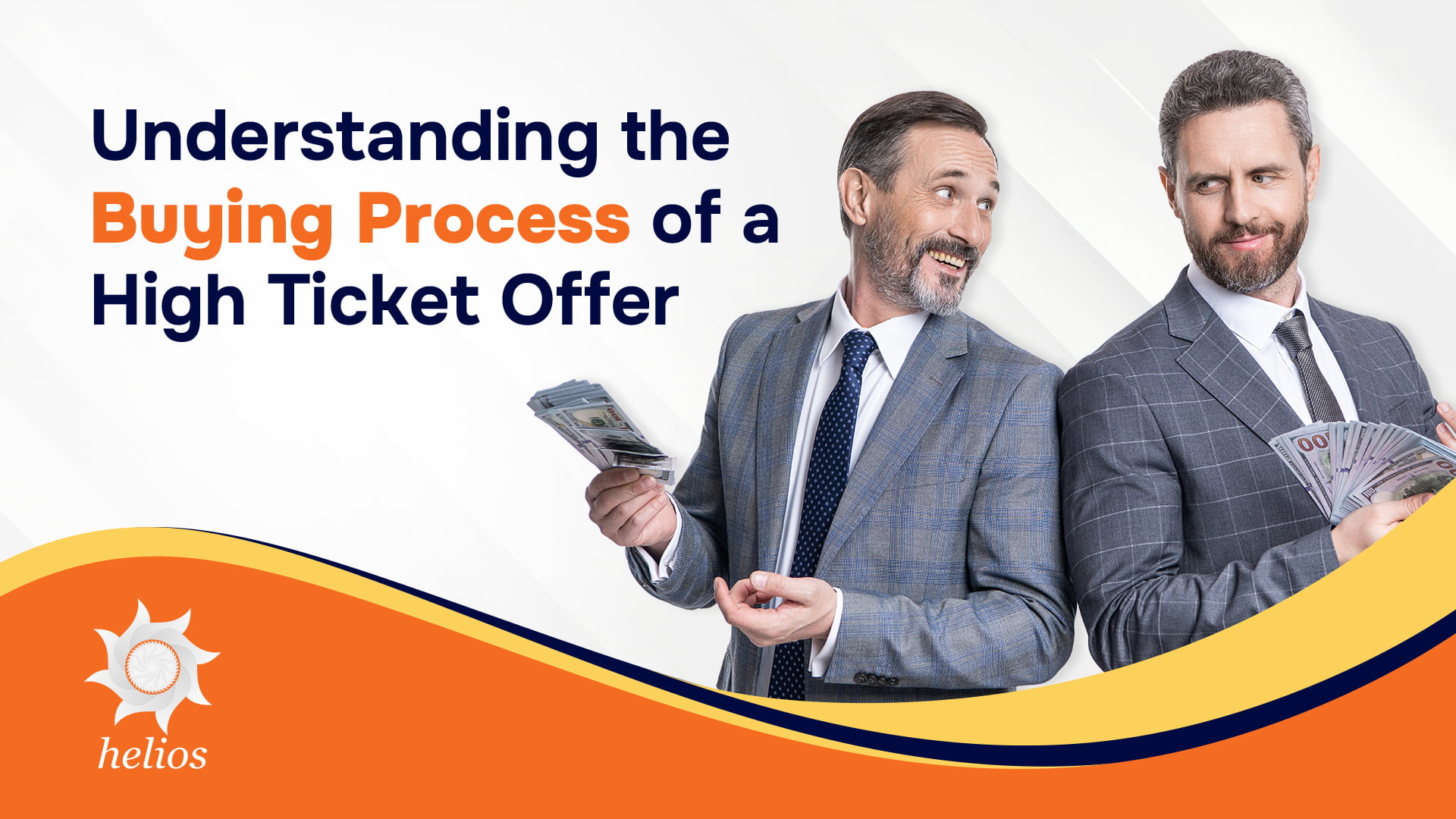Introduction
Growing high-ticket sales takes a lot of time and work. You must develop a compelling sales pitch, a compelling offer, and a rapport-building plan with prospective clients. It’s time to stop using low-cost tactics and adopt a fresh strategy for selling expensive goods. All the information you want to win even greater and sell bigger.
High-priced goods in the D2C sector include jewelry, cars, and bundle packages in many industries including utilities, banking & insurance, telecommunications, and more. Not only do high and low-cost ticket sales have distinct price points, but they also often vary in terms of business strategies, levels of service, and profit margins.

What are high ticket sales?
High ticket sales are those that include charging a premium price (sometimes more than $1,000) for goods or services. In the majority of these deals, purchasers must invest a significant amount of money.
Expensive goods and services include fancy automobiles, real estate, designer clothes, and specialized services.

Regular vs. high-ticket sales funnel
Sales at high prices are not usually purchased. Indeed, a lot of them are once-in-a-lifetime investments. As a result, expensive goods are often the ones that get abandoned. The majority of customers just give up on the checkout process because they need more time to think things through.
The good news is that even with a smaller client base, the business may continue to turn a profit since each transaction brings in a significant amount of money. Even Nevertheless, compared to typical sales, the customer journey is lengthier and calls for a different strategy.
Focus on your customer journey
Research, meticulous attention to detail, and open communication with your consumers are necessary at every stage of the customer journey. Our primary areas of concentration are:
- Target persona: As a company, you must comprehend what your clients want. It’s crucial to understand their problems and how you can support them as a result. When purchasing expensive items, customers will want top-notch assistance and service from professionals who can guide them and respond to any queries they may have.
- Buyer journey: A high-ticket sale’s customer journey might vary greatly from a low-ticket sale’s. Given the wide range of price points involved, a consumer must carefully assess a big-ticket transaction and often make a larger initial investment in getting to know your company. Since your target market is more likely to thoroughly investigate your offering, you must be available to them around the clock and build a strong rapport since this is a significant buy for them.
- Customer service: High-priced consumers need more consideration and a more specialized approach when it comes to customer service. Your staff must provide an experience that aligns with the increased time and money they are devoting to selecting the ideal product. Via Live Commerce technologies, this may be accomplished quite effectively. Through live chat and live video, you can interact with your consumers right away in real-time. The following chapter will cover this topic in more detail.

Steps to make high-ticket sales
Unlocking the potential of high-value sales requires a strategic approach and a deep understanding of your target market.
Use these steps to sell high-ticket products.
1. Identify your ideal buyer
Finding your target customer is essential to successful big-ticket sales. Give up on the wide-net strategy and figure out who is most likely to purchase your premium products.
Using the information below, create a thorough buyer persona or ideal customer profile (ICP):
Age and gender: Recognize the target audience for your goods as well as their stage of life.
Location: Product accessibility and attractiveness may be influenced by geographic information.
Social status: Understand how the values and lifestyle of your clientele complement what you have to offer.
Economic profile: Verify that the people you are aiming for can make expensive investments.
Brand affinities: List additional expensive brands that they have faith in.
Media consumption: Identify their preferred media consumption channels and social verticals.
Participation in events: Ascertain what kind of leisure and networking activities they like
Case study of Captivate Recruiters,
Consider Captivate Recruiters, a platform that facilitates recruiting for senior leadership positions in the technology sector. They have a website where they detail their hiring procedure and why you should trust them with executive jobs.
Another business CRM platform that may be of interest to corporate marketers thinking about AI-generated content is Hubspot. Take note of how they make use of a statistic that any marketer would find useful. This results from knowing precisely who their target customer is. Gaining insights into the requirements and preferences of your customers may also be facilitated by the analysis of market research data. For optimum effect, customize your offering depending on what you discover.
2. Define your high-ticket offer
Developing a convincing Unique Value Proposition (UVP) to differentiate your product from the competition is essential to defining your high-end offer. Your Unique Selling Point, or UVP, outlines how your product or service addresses the problems that your prospective client has. Your expensive product speaks to prospective customers when it is strategically aligned, emphasizing its worth in a crowded market.
Case study of Sollis Health
Consider Sollis Health, a concierge medical service that provides regular medical services and emergency treatment around the clock via a membership model.
The business emphasizes comprehensively providing healthcare without the typical complications of the US healthcare system.
The business places an emphasis on providing healthcare in a comprehensive manner without the typical complications of the US healthcare system. The same idea is conveyed even while reading their evaluations, which supports the development of their distinctive value offer.
In the offline realm, Rolex represents an expensive offering with its own value proposition that revolves on accuracy, robustness, and status. Rolex satisfies customers’ cravings for exclusivity and excellence by offering timepieces that stand for accomplishment and elegance. Rolex stands out in the luxury market because to their dedication to workmanship and use of premium materials, which guarantee impeccable timekeeping and an investment in a heritage.
3.Frame your pricing
In high-value sales, price strategy is essential since it directly affects the perceived value and market position of your product.
Take into account the following elements when determining the pricing of your high-ticket offer:
- Expenses: While making a profit, account for the expenses of production, operations, and marketing.
- Rivals: Examine rivals’ prices to place yours in a competitive market.
- Value Perception: Set your offer’s price to correspond with the customer’s estimation of its worth. Price should convey the extraordinary value and advantages of your product or service since expensive things are frequently linked with high quality and exclusivity.
By striking a balance between these factors, your sales staff may choose a pricing that both meets the expectations of potential customers and advances your company objectives, making your high-end product more alluring.
Cast study of Politics Pro
Consider the subscription journal Politics Pro, which provides comprehensive policy information for U.S. policy. They don’t provide price details, but their subscription programs provide you with immediate access to expert reporting and analysis on policy discussions.
A CTA in the navbar instead asks visitors to sign up for a trial. Before someone may contact you, you will need to fill out their contact information.
Their plans start at roughly $3200 per year, in case you’re interested. Of course, like the majority of SaaS providers, you may also post your rates online. It could facilitate speedy decision-making for prospective customers who are still early in the purchasing cycle.
Make use of psychological pricing strategies
By using psychological pricing strategies, you may improve the attraction of your expensive products and affect how customers perceive them.
Two typical big-ticket sales techniques consist of:
The impact of anchoring
First, provide your most expensive choice.
Despite the fact that the alternatives are still expensive, this technique uses the starting price point as a point of reference to gently sway buyers’ opinions of value and make the price appear more reasonable.
The final price, which is 9 or 99
Use “9” or “99”-ending prices for your expensive products.
Set the item’s price to $999 rather than $1,000.
This strategy, referred described as “charm pricing,” capitalises on the left digit effect, in which the first digit has a major influence on how much is seen as the whole cost.
4.Create content for potential customers
It’s crucial to produce content that speaks directly to your target buyer persona, even while it may be tempting to have material that appeals to a wide audience. Premium customers want to read in-depth, unique, and excellent material. Here are a few instances of this kind of content:
Opinion articles, industry trends commentary, and data and insights can use Analysis, surveys, and reports; interviews
Case study of McKinsey and Company
For example, McKinsey & Company demonstrates thought leadership and authority by showcasing its knowledge via in-depth research papers and publications on numerous sectors. McKinsey has developed a brand that connects with its target audience and builds trust and a solid clientele by using consistent, high-quality branding and a compelling value proposition.
Use the appropriate distribution channels to get high-end customers to interact with your content. Think about your target audience and concentrate on those channels. The Drum, Harvard Business Review, Marketing Week, and Tim Ferris’ podcast are a few examples of high-end magazines to advertise in if your target audience is CMOs at Fortune 500 businesses.
5. Build a premium brand
In high-value sales, when familiarity, trust, and consistency are necessary for consumer involvement, developing a premium brand is essential. According to a study, 81% of consumers feel that a brand must be trusted before they make a purchase, and this feeling grows when the stakes are greater, as they are with expensive goods and services.
Case study of Devialet
Consider Devialet, a business that specializes in selling high-end audio gear with exceptional sound quality.
Enhance your brand in the premium market by:
- Establishing authority and showcasing your knowledge.
To showcase your expertise and establish your brand as an authority, present at industry events and distribute thought leadership material.
- Express exclusivity and quality:
To communicate the exceptional quality and uniqueness of your items, use branding. Make use of eye-catching images, written material emphasizing your special advantages, and endorsements from pleased, well-known customers.
- Produce aspects of a premium brand identity:
Make investments in high-end packaging, a polished website, and branding components. These accentuate the premium status of your brand and provide a powerful first impression by reflecting the uniqueness and excellence of your product.
- Align your brand image with consumer expectations:
Make sure that the expectations of your customers are reflected in your brand image. Having this congruence is essential to drawing in clients who are looking for premium goods and services that exude distinction and status.
Pay close attention to the font and layout choices you make if your product is software.
Strategies for high-ticket items
Following are the strategies for high-ticket items
1.Value over price
The value that high-end consumers see in your offer is one of the main variables that affect their choice. Value is more than simply your product or service’s features and advantages; it’s also about how it satisfies their wants, solves their particular difficulties, and advances their objectives. You must do in-depth research on your prospects, determine their motives and pain areas, and modify your pitch appropriately to express value above the price. You must exhibit how your solution surpasses the offerings of your rivals and yields a profitable return on investment.
2.Relationships over transactions
The connection that high-ticket consumers have with you as a salesman is another crucial component that impacts them. High-end purchasers want a long-term collaboration that offers them value, support, and direction rather than a speedy transaction. You must develop rapport, credibility, and trust with your prospects before you can close deals. You can do this by listening to them, asking open-ended questions, demonstrating empathy, and offering insightful information. Until they are prepared to make a purchase, you must also consistently follow up with them, provide material with value, and care for them.
3.Objections over rejections
Handling objections is a typical problem that salesmen have when trying to offer expensive products. Objections are signals of interest, inquiry, or worry from your prospects rather than rejections. They provide chances for you to answer their queries, dispel their fears, and advance the sale. You must anticipate objections, prepare your answers, and use the feel-felt-found technique to deal with them successfully. This approach entails identifying with your prospect’s emotions, pointing out that other people have had similar things, and explaining how your product helped them find a solution.
4.Scarcity over abundance
Creating a feeling of scarcity is an effective method to make your prospects feel more compelled to acquire your high-ticket products. The idea of scarcity is the belief that something is more valuable and attractive because it is scarce, uncommon, or exclusive. You may use strategies like limited-time or limited-quantity offers, incentives, discounts, or endorsements from happy clients to create a sense of scarcity. It’s important to exercise caution while using scarcity, however, since it might backfire and harm your image if potential customers feel coerced or misled.
5.Closing over selling
Closing the transaction is the last stage in selling expensive goods. Closing is about guiding your prospects toward the greatest option for them, not about selling. You must employ trial closures, assumptive closes, or alternate closes to close efficiently. Trial closures are queries like “How do you feel about this offer?” that gauge how ready your prospects are to make a purchase. Assumptive closures are phrases like “When would you like to start?” that suggest the contract is finalized. Alternative closes are inquiries like “Would you prefer the monthly or the annual plan?” that provide two possibilities, both of which result in a sale.
Final thoughts
A premium sales presentation requires a change in approach and perspective. In contrast to the easy victories of low-ticket sales, you have to establish credibility and provide value.
The main conclusions are as follows:
- Emphasize in your sales script the great value that your goods and services provide.
- When completing expensive transactions, provide an offer that is both convincing and alluring.
- Make an effort to turn clients into brand ambassadors and use word-of-mouth advertising to promote recurring business.
- Give your sales force the resources and training they need, and then observe the results of your high-end sales efforts.
The Helios Way
Understanding the buying process is critical for closing more deals. Helios is your trusted partner for simplifying your funnel and pipeline, building long-term relationships with prospects, and streamlining your sales process. Helios even includes email automation and templates, allowing you to fine-tune your inbound marketing strategy and create a more insightful buyer’s journey.



